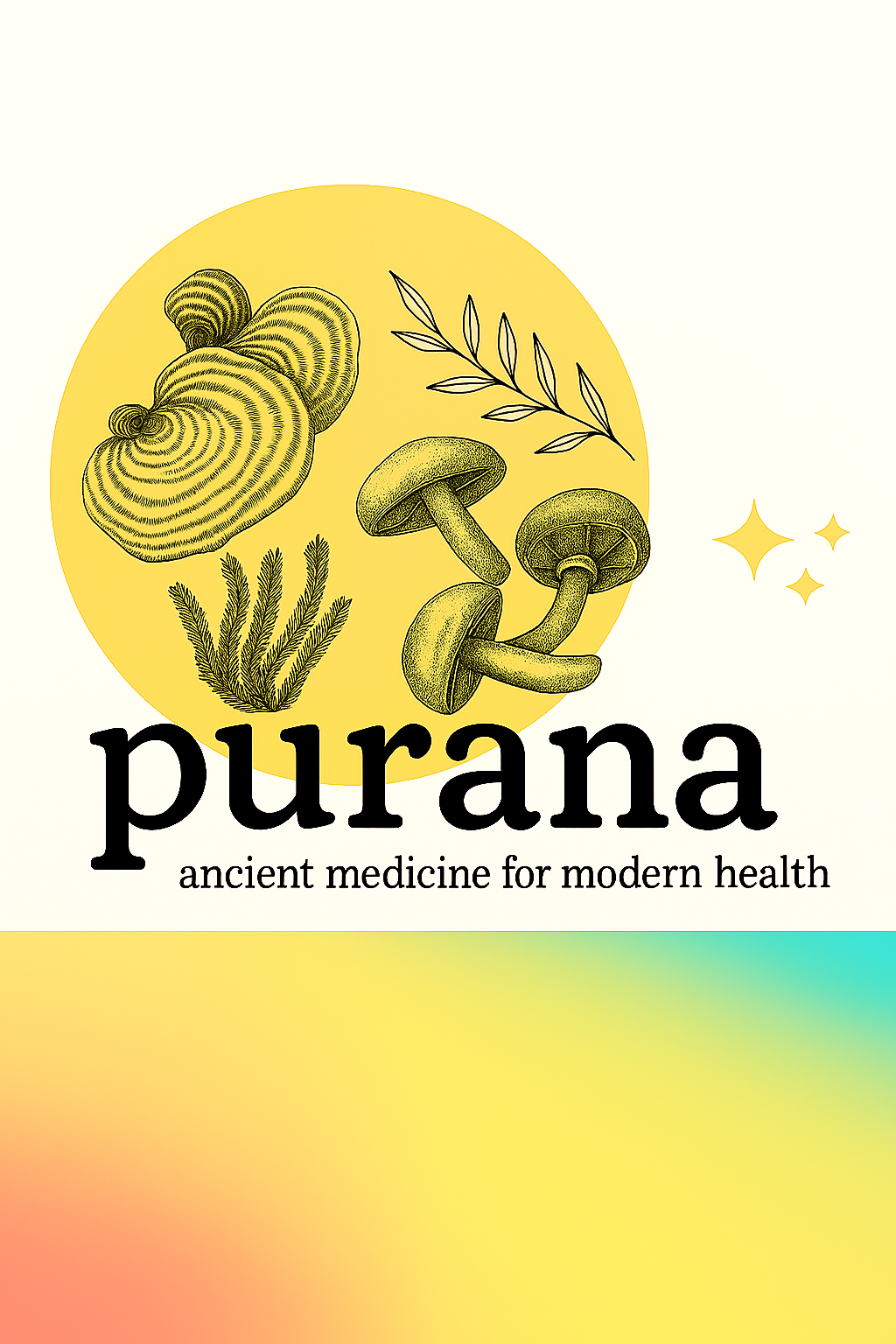
Full Spectrum, Whole Mushroom, and Marketing Confusion
Reid Parr | WBN News – Vancouver | July 26, 2025 Subscription to WBN and being a Contributor is FREE
The mushroom supplement world is booming—and with it comes a wave of marketing language that sounds promising but often means very little. “Full spectrum,” “whole mushroom,” “myco-fermented,” “1:1 extract,” “polysaccharide rich”—these are all terms that can signal quality, or clever distraction. Knowing the difference is critical.
“Full Spectrum” – Sounds Good, But What’s In It?
This term is often used to imply that you're getting everything the mushroom has to offer—mycelium, fruiting body, spores, and metabolites. But in practice, "full spectrum" often means you're getting mycelium grown on grain, and a small percentage of fruiting body (if any).
Unless the label specifically quantifies the fruiting body content—such as “contains 60% fruiting body, 40% mycelium”—you’re likely getting mostly myceliated grain with low concentrations of active compounds.
“Whole Mushroom” – Whole Truth or Half Story?
Similar to “full spectrum,” “whole mushroom” doesn’t guarantee the product includes the fruiting body. Many companies use this term to describe mycelium that includes the surrounding substrate—so technically, yes, it's the whole mycelial biomass, but not the whole mushroom most people envision.
Look for products that clarify:
- The part used: fruiting body, mycelium, or both
- The substrate used for mycelium, and whether it's still present
- The percentage of each part in the final extract
Polysaccharides – Not All Numbers Are Equal
One of the biggest red flags is a product that claims “high polysaccharide content” without specifying their source or breaking down which types.
Here’s why it matters:
- Polysaccharides from fungal cell walls (like beta-glucans) are biologically active and therapeutic.
- Polysaccharides from grain substrate are nutritionally inert fillers.
A product can test high for polysaccharides simply because of rice starch, not because it contains effective beta-glucans. That’s why it’s essential to look for third-party testing that verifies beta-glucan content, not just “total polysaccharides.”
Pro Tip: Always check if the label says “beta-glucans tested” or “% beta-glucans,” not just “% polysaccharides.”
What Real Transparency Looks Like
A reputable mushroom extract will provide:
- Part used (e.g., 100% fruiting body)
- Extraction method (water, alcohol, or dual)
- Standardized compounds (e.g., >30% beta-glucans, >2% triterpenes)
- Third-party lab testing
- No hidden fillers or carriers
If a company is vague about any of these points, it’s worth asking: what are they trying to hide?
Key Takeaway
The mushroom supplement industry is unregulated and full of misleading claims. Words like “full spectrum” and “whole mushroom” often mask low-quality, substrate-laden products. Learn to read between the lines—and always demand clarity around part used, compound standardization, and independent testing that confirms your mushrooms are as potent as they claim to be.
Reid Parr | WBN News – Vancouver Subscription to WBN and being a Contributor is FREE
Editor: Karalee Greer
 Purana Health
Purana Health
Coupon Code (15% off): KGreer15
TAGS: #Reid Parr #WBN News Vancouver #Purana Health #Mushroom Supplements #Brain Health #Functional Mushrooms #Medicinal Mushrooms
Disclaimer
This article is for informational and educational purposes only and is not intended as medical advice, diagnosis, or treatment. The content reflects the author’s interpretation of available research and traditional practices and should not be used as a substitute for professional medical advice. Always consult with a qualified healthcare provider before starting any new supplement, dietary, or health regimen. Statements regarding mushroom extracts and their effects have not been evaluated by the FDA or Health Canada.





